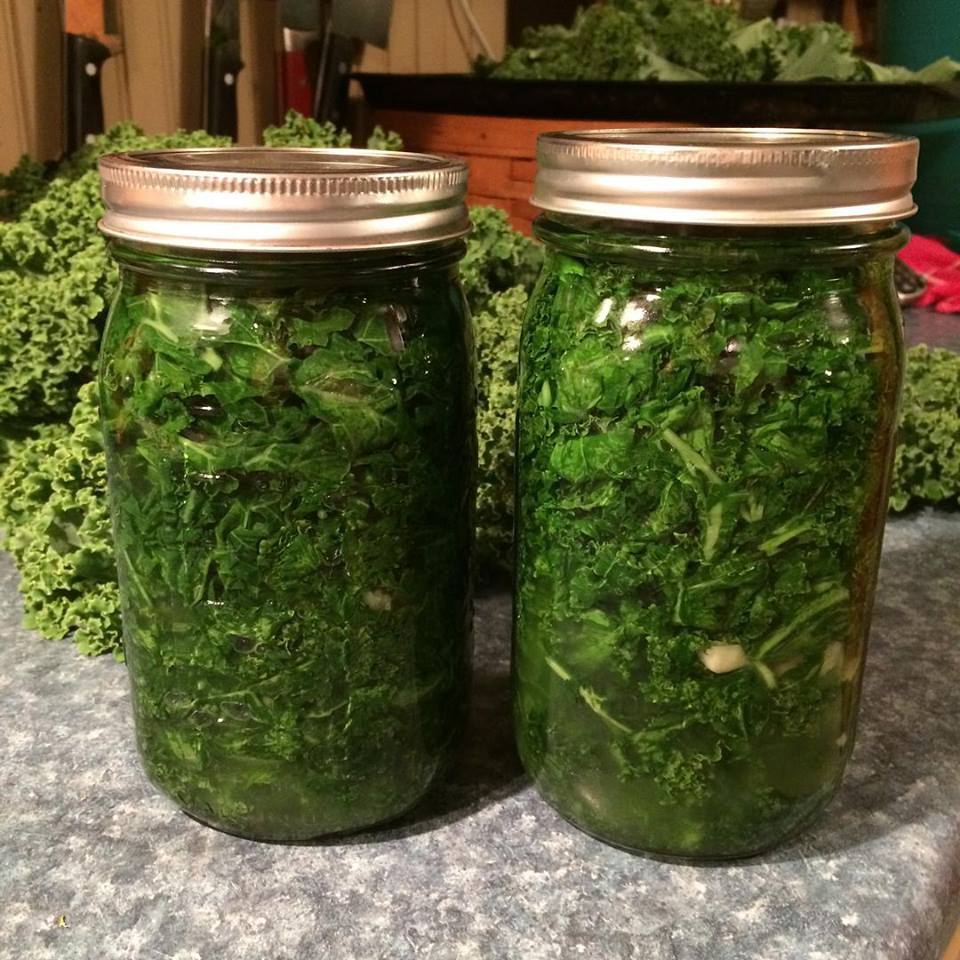A recent trip to Japan has given us an even greater appreciation for fermented foods. In Japan, fermented foods are called: “Tsukemono” or pickled vegetables. We knew from other reading on the subject that fermented foods are very beneficial because they provide the gut flora needed to break down nutrients more efficiently, which means we experience greater digestive health, immune health and even benefits in terms of cognition and energy; but Japan’s ancient lineage and the fact that Japanese people have the third longest life expectancy of any nation is enough to make us consider the deeper wisdom of their most obvious daily routines. In Japan, fermented foods are served at every meal, especially at breakfast.
Above is a lunch meal we had in old Kyoto – Ochazuke which means “soaked in tea.” This bowl starts with a bed of white rice made with green tea, and then any number of fermented veggies on top. In this picture: Lotus root, Mizuna, Daikon, Bamboo, Rhizome, Button mushroom. Despite the 100F heat and 85% humidity, it made m,e feel energetic and ready to take on bigger things. It’s worth noting that in Japan, when you eat with others, there is also a deeper significance than just taking on nutrients in the same room. It’s hard to explain but the Japanese have discovered that not only are there tremendous health benefits to fermented foods, but there’s a social aspect to dining together; a resonance, that fills you in other ways.
Back to fermented kale. Here’s a recipe. Pretty basic with a bit of trickiness. Ideal fermentation varies based on conditions where you dwell.
Here in new england:
Ingredients:
12 oz kale leaves, stems removed
2 or 3 garlic cloves, peeled, crushed
2 tsp salt
Take a quart mason jar and put it in boiling water in a pan, enough to cover the jar. Boil the jar and lid for 10 minutes.
Wash the kale well in a salty bath and then strip the kale from it’s coarse stems, place the leaves in a very large bowl and sprinkle with the salt.
Put 2 quarts of water on to boil.
Massage the kale in the bowl with your hands 4 or 5 minutes. The kale will assume a color and texture like seaweed.
Scoop the kale into the jar and pack down lightly, leaving 1/2 inch head space. Using a ladle, fill the jar with boiling water until the kale is completely covered in liquid. Screw on the lid on loosely, just one turn or so, leaving room for the fermentation to push by the lid. As the kale ferments, it will bubble over. If you seal the jar tightly, it could explode.
Set the jar in a dish or something, to catch the overflow as it bubbles over. The fermented kale is ready to eat when you see some evidence of bubbling over, usually 3-5 days at room temperature.
This recipe is decidedly vague. It’s varies a bit depending on your climate. The cool thing is, with very little effort, you are developing a stronger digestive and immune system, time tested and proven, using one of the oldest low tech means possible.
You could also add crushed red pepper or Toragashi (Japanese 7 spice). Your call. Experiment! Explore!


I made this kale recipe. I used grape leaves on top. a little scum or mold was on top so I took off the leaf and mold. I am anxious to try, but most fermentation is with regular tap water not boiling water. Just wondering if I can do any vegetable recipe using boiling water method?
I only used boiling water here to help break down the kale a bit, because it’s pretty sturdy compared to other greens. When I make cabbage pickle, I use a brine that does not get boiled. (see https://mercyhillfarm.com/asazuke-%e6%b5%85%e6%bc%ac%e3%81%91/).
I really want to try this. Not really a huge kale fan. Do you think turnip and mustard greens would get too soggy? I like that this is small batch. Just fill your jar. Any extra I can always fry and have with cornbread. Also, it doesn’t specify where the garlic comes in. I assume toss the whole cloves into the jar? Thanks for this recipe.
Sure. Also chard, stems and all. Just be careful not to keep it around too long in the fridge. After a while, it could go bad. You could experiment with all sorts of herbs, spices too. That’s the beauty of small batches, as you’ve noted.